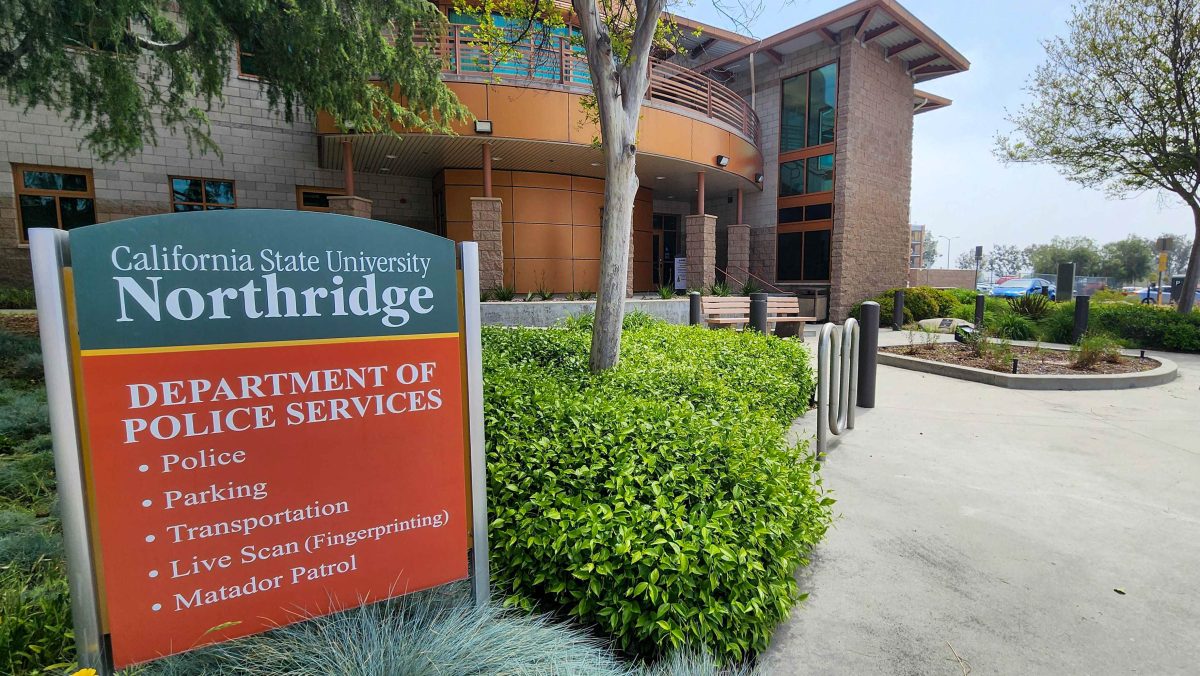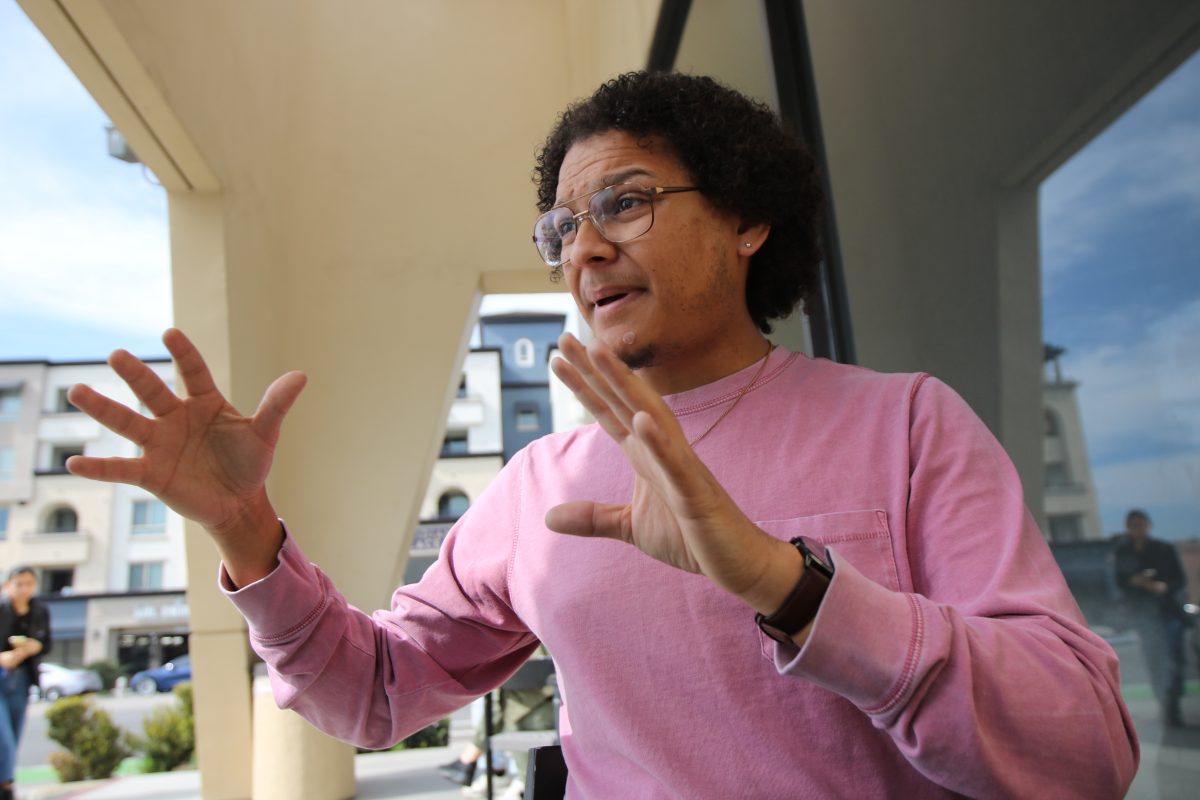The California State University system has seen massive tuition increases over the last few years, but it remains one of the most affordable college educations in the United States, according to data collected from the National Center for Education Statistics.
The CSU charged $1,834 less than the national average for the total cost of tuition and other fees at public four-year universities in the 2010-11 academic year, according to a data analysis done by the CSU.
“It still remains a great value, and we want to let students know it is still a great value,” said Liz Chapin, CSU spokesperson, about the CSU. “The numbers pretty much speak for themselves.”
The national average for a year’s tuition and other fees was $7,119 at four-year public colleges last year for full-time students, and it was $25,538 at private universities according to the Integrated Postsecondary Education Data System. The average cost in the CSU was $5,285.
For students in the system who have seen their educational costs steadily rise in their time at school, this is hardly a silver lining.
“We pay a lot of fees and we get classes that have students crammed together,” said Noe Morales, senior business management major at CSUN.
Every semester, it gets harder to find open seats in classes, despite paying more and more, he said.
“It’s hard. I work weekends and evenings, and you don’t have that kind of flexibility anymore,” Morales said.
Since the 2007-08 academic year, student fees have increased from $2,772 to $5,472, according to the CSU budget office. This time frame reflects the national average of roughly five years to complete an undergraduate degree for students who entered a four-year college as a freshmen, according to completecollege.org and studentclearinghouse.org. This means students in this year’s graduating class have potentially seen their tuition double since their first semester.
“If I had known it would be this hard I would have started at a community college,” said junior Katie Phillips, interior design major. “And I don’t see it getting much better anytime soon.”
The CSU may face another $200 million trigger cut if Governor Jerry Brown’s tax initiative is not passed on voting day this coming November, according to Brown’s budget proposal. The CSU has already had funding cut by over a $1 billion in the last 18 months according to Chapin, and such a trigger cut would have them operating on the bare minimum, she said.
The CSU continues to lobby the state of California to reinvest in higher education according to Chapin, and many students still believe they are getting the most out of their educational dollar attending the CSU.
“I still feel like you get a good education for the price,” said Francisco Vasquez, junior accounting major. Vasquez said that he works for UCLA, and he feels the CSU is the better value between the two.
About half of the undergraduates in the CSU don’t pay any tuition at all due to financial aid according to Chapin, and one-third of the revenue generated from each tuition increase goes toward funding financial aid programs, she said.
“There are a lot of financial aid opportunities,” Chapin said. “We always suggest that students apply for financial aid, whether they think they’ll get it or not.”
The yearly net cost of attending the CSU after factoring in financial aid is $2,124 on average, according to CSU findings.
CSU students also graduate with less debt and earn more money out of college than the national average. CSU students’ starting median salary is about $44,000 after graduation according to numbers at payscale.com. The national average is around $41,000.
CSU students who earned a degree in 2010 were about $5,900 less in debt than the national average for public universities, according to findings on the CSU website.





